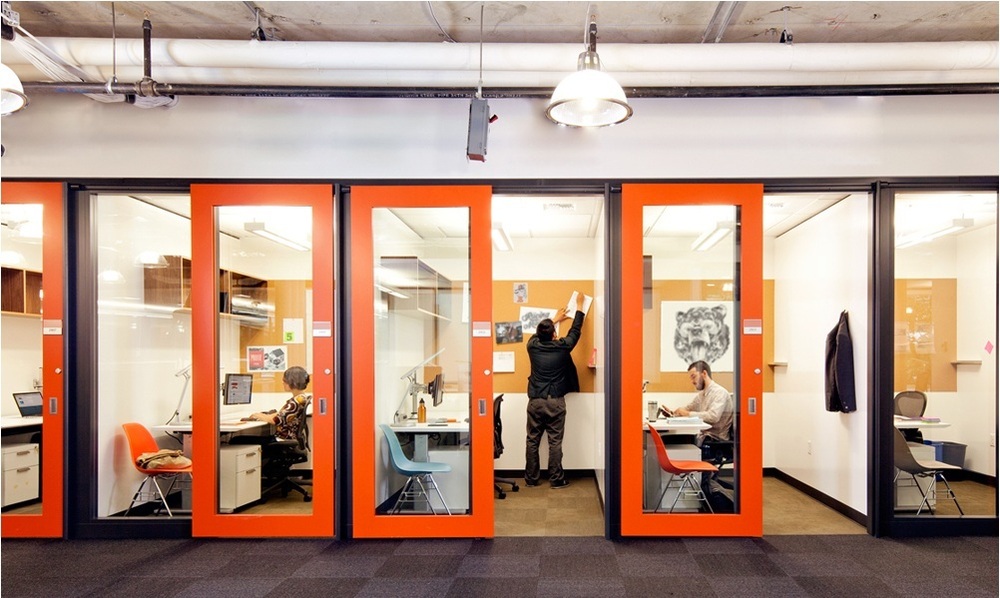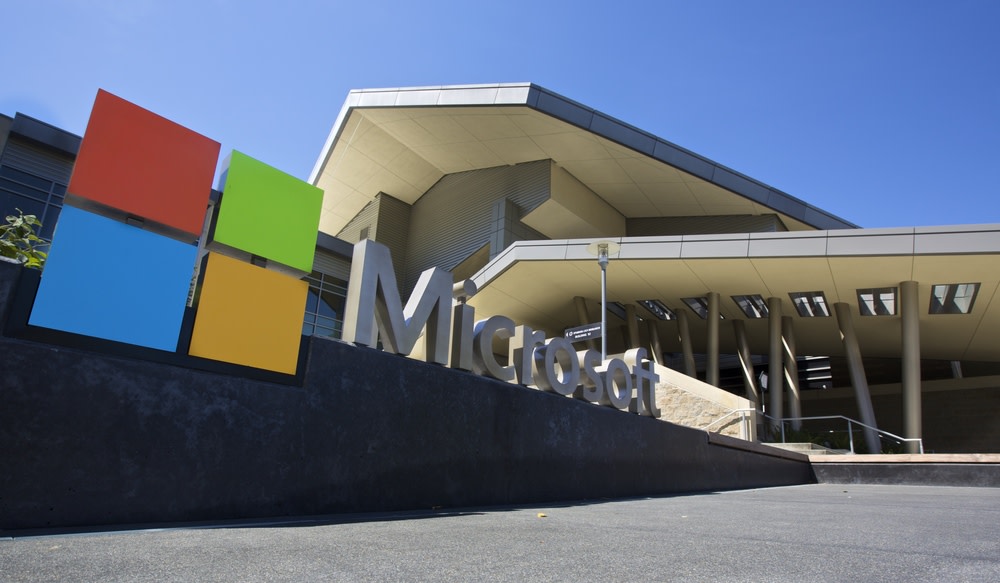You know the story. Decades ago, Microsoft held tight to their IP: a ubiquitous software product line, productivity suites, and developer frameworks and tools. Known in part for their opposition to open source, they were hesitant to evolve with the industry’s wind changes. But as open source redefined how software was built, the company found themselves in a critical and existentially challenging moment. In the 2010’s, they took steps to fundamentally rethink their approach to open software and has become one of the largest contributors to open source in the world. Many enterprises are rallying around similar challenges: build on and contribute back to open source or lose speed and business. But very few have made the shift so completely as Microsoft.
Today, Microsoft’s engineers maintain TypeScript, .NET, Windows Terminal, Dapr, Helm, and more than a thousand other open source projects. Principal Software Engineer in the Open Source Programs Office (OSPO) Jeff Wilcox reflected on scaling their participation in open source on GitHub from 2,000 to 25,000 engineers. “Of course we use GitHub inside parts of Microsoft, but we also use it for as many Microsoft open source projects as we can,” he said. “Teams share their work with the larger developer community on GitHub, whether it’s samples, or small projects, or SDKs.”
Of course, building up a team of open source contributors in the tens of thousands has been a journey. But Microsoft’s evolution wasn’t so much a technical one as a philosophical one. A decade ago, the company faced competition from open source tools and products. In response, they kept their IP close to the chest. “We couldn’t give up our secret sauce, right?” said Wilcox. “Our evolution wasn’t about drastically changing our technology, but about rethinking the value we could provide.”

At first, Microsoft’s open source engagement happened in measured containment as they tested out new processes. From there, they released software under their own licenses, sending the message that, although developers could learn from the company’s source code, they couldn’t build on it. Gradually, the stigma against open development and applying an MIT license dissipated, in part due to the overwhelming gravity of industry trends.
Now even once tightly closed code like .NET is open source under an MIT license. “We decided to embrace what the industry was doing. Today, developers expect all of these pieces to be open source by default,” Wilcox said. “They wouldn’t use .NET Core if it was proprietary. Teams realized that they need to accept contributions to get feedback, learn from developers, and move forward.”
To organize and formalize their approach across a global staff of more than 140,000, Microsoft created their Open Source Programs Office (OSPO). “At Microsoft, open source is endemic. Tens of thousands of open source packages are used in millions of different ways—nearly all of our work depends on it, everywhere in the company,” explained Wilcox. “The OSPO enables us to centralize our knowledge, distribute information, and collaborate coherently.”

Wilcox also sees the mission of the OSPO as a way to democratize and scale open source use and contributions within the company, not limit them. “We’re not gatekeepers or police,” he said. “We’re facilitators: We eliminate unnecessary roadblocks and simplify open source process for all teams.” To make these processes as self-serve as possible, the OSPO works closely with Microsoft’s legal, security and business organizations. Then they ensure that all of the information and policies groups need to make independent legal and security decisions are readily accessible and tooled back into the engineering system.
As part of this initiative, Microsoft started ClearlyDefined, an OSI project that crawls all open source projects to discover license, copyright, and other data, curating and sharing it in the open. For Stormy Peters, the Director of Microsoft’s OSPO, ClearlyDefined is about data-driven knowledge sharing across the entire open source community. She explained, “We want to collaborate with other companies and individuals to bring transparency and compliance to open source licensing. And we’d love to make sure that any information we find goes back upstream. If a project with an MIT license has GPL license code, for example, we’d like to let the maintainers know, so they can update their license information if they choose to.”
The OSPO also provides the resources and information maintainers need to manage thousands of repositories and contributors effectively on GitHub. And, although Microsoft invests in their own tooling when necessary, they’re increasingly looking to other individuals and organizations leading the way. The team has invested in open services and systems to make it easier to collaborate with other companies and their preferred tech stacks. And investing in other companies’ projects, like SAP’s CLA Assistant or Amazon’s open source attribution engine, has also supported internal open source contributors and consumers.

When it comes to releasing their own open source projects, Microsoft’s current approach is focused on developer experience. From Kernel to MS-DOS, they rely on identifying software that already benefits users and making it available in its most useful format. For example, the team behind Microsoft Graph open sourced the core collaboration graph under Office. Open sourcing the projects people use every day also gives them the opportunity to iterate and have a direct impact on their tools.
As Peters explained, this process varies from project to project. She personally rejects the idea of a one-size-fits-all open source release, but instead asks questions around user relevancy, project and business goals, and metrics for success as part of the decision-making process. “Every project we open source has different goals,” she said. “We open source some complete projects without the expectation of increasing engagement or building a community. Others are released as open source to build a community outside of Microsoft.”
GitHub is the place to collaborate. It’s where everyone is and where most of the world’s open source is already happening. It’s not just a feature, but the whole thing.
Regardless of why a project is open sourced, it can often come with benefits for both its developers and its community. “Visual Studio Code is a great example,” said Wilcox. “Whether they want to suggest a fix or just build a different experience, developers can participate on GitHub through issues and pull requests.” The Visual Studio Code team also benefits from engaged contributors and development in the open. They’ve built a community of co-creators, where issues, discussions, roadmaps, and iteration plans are all discussed publicly enabling direct feedback and input from the people most invested in their software: their users.

Wilcox sees Microsoft’s shift, and the shift toward open source in general, as increasingly relevant to companies across industries. “Companies are being forced to, and also enabled to discover where their value really is. And it’s not having this special database, unless it’s a really special database. It’s about being able to deliver a better user experience,” he explained. “The cool thing about open source is that it enables you to build on existing components. And spend most of your time focused on your unique solution or your unique value, not building another database.”
Throughout their open source evolution, Microsoft has turned to GitHub. For Peters, GitHub’s value isn’t in any one feature but in its community. “GitHub is the place to collaborate,” she said. “It’s where everyone is and where most of the world’s open source is already happening. It’s not just a feature, but the whole thing.”
She also appreciates the instant connection with a global developer community GitHub provides, from Redmond to Rabat. “It’s nice to see who you’re working with, to visit their profiles and see what else they’ve done or what they’re interested in,” she said. “But GitHub can also function as a resume or a portfolio. It’s both an engineering system and a social platform.”

Wilcox added that growing their open source presence has not only opened up the company’s software to a world of contributors, but to potential talent across the globe. “Candidates tell us that they might not have thought of working at Microsoft before. It’s not just about open source but also a sign of a profound change to a more open and engaged culture. They see us work in the open, and rethink what it might be like to work here, too.”
Investing in open source projects has had unquantifiable benefits for engagement and collaboration. Wilcox acknowledged that, with the breadth and availability of open source software, it’s no longer practical to build every piece of proprietary software from scratch. “But more importantly, open source is about building something that you could have never built yourself.”
Throughout her career, Peters has also seen a transformation in how people build software. “Twenty years ago, you could learn to code without much help from anyone else,” she said. “Now projects are no longer driven by just one individual but a group of people. And enterprises can adopt open source models to more effectively work together. At Microsoft and beyond, it’s all about individuals coming together in new ways to solve much bigger problems than they could before.”





